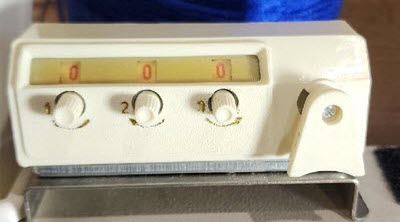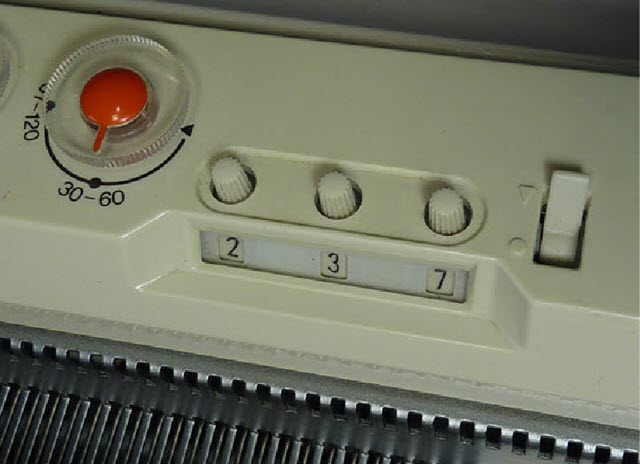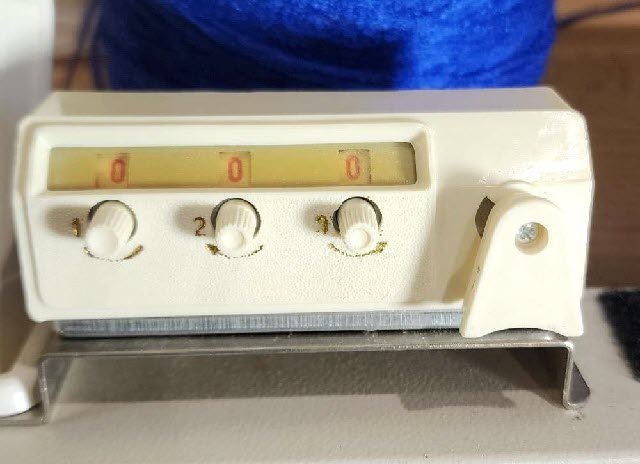
Understanding Row Counters in Machine Knitting: Avoiding Common Mistakes
Learn how to accurately interpret row counters on your knitting machine to ensure precise shaping and avoid common errors in your projects
Row counter

Learn how to accurately interpret row counters on your knitting machine to ensure precise shaping and avoid common errors in your projects
Question:
Donna Asked:Answer:
#1 is correct

Work the increase when I knit row 17. Which means, move the stitches when the row counter says 016 (16 rows have been completed). Then pass the carriage. Row 17 contains the increase.